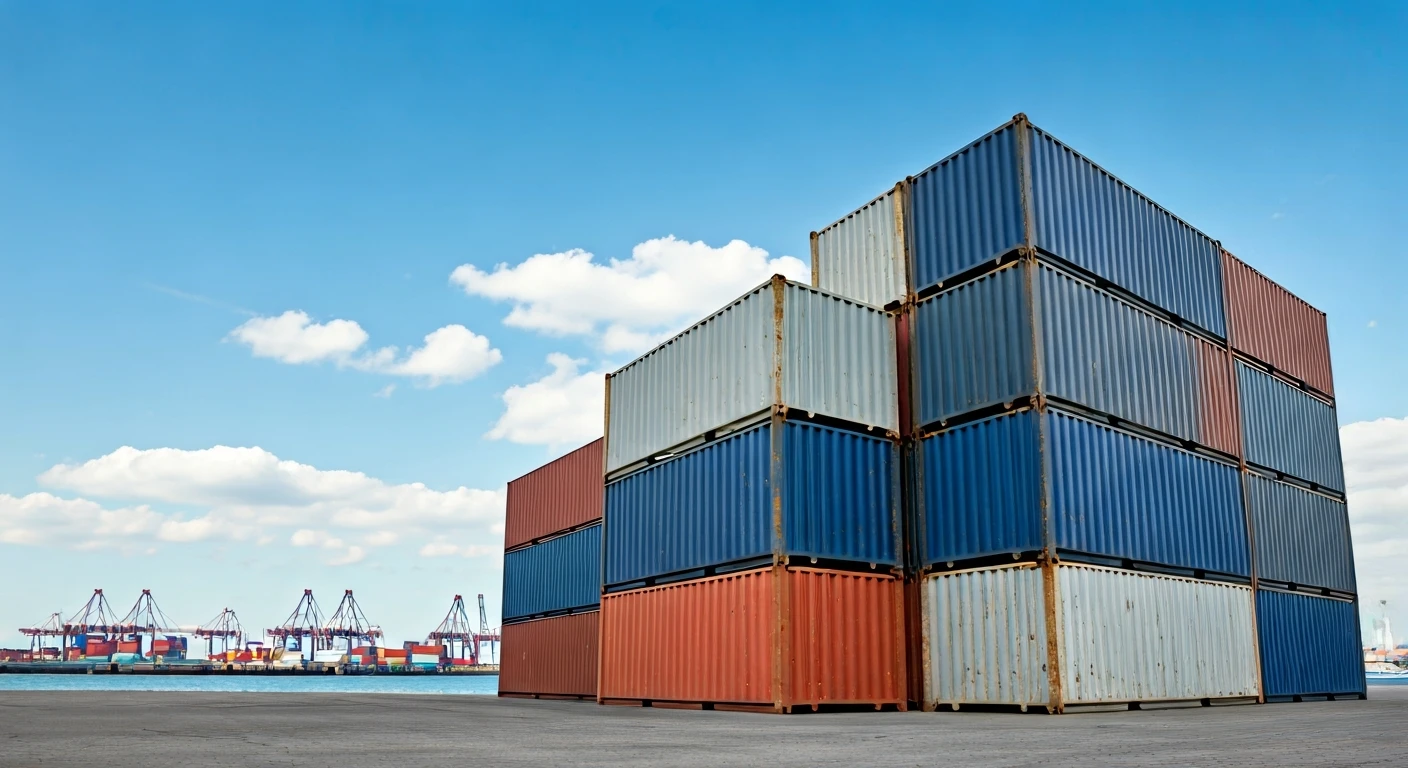Growth Drivers Unveiled
India's economic growth is fueled by several key factors. A rising middle class drives consumer spending, boosting demand for goods and services. Government
initiatives, such as infrastructure development projects and reforms to improve the ease of doing business, create a favorable environment for investment. The burgeoning digital economy, with its expanding e-commerce and fintech sectors, further accelerates growth. The manufacturing sector also contributes significantly, benefiting from government policies like 'Make in India.' Moreover, India's demographic dividend, with a large and young workforce, supports productivity and economic expansion. These combined forces have driven consistent economic growth in recent years, positioning India as a global economic powerhouse.
Navigating Economic Hurdles
Despite its impressive growth, India confronts substantial economic challenges. Inflation remains a concern, impacting purchasing power and overall economic stability. Unemployment, particularly among the educated youth, poses a significant social and economic risk. Infrastructure bottlenecks, such as inadequate transportation and power supply, hamper efficiency and competitiveness. The agricultural sector faces difficulties due to climate change, water scarcity, and fluctuating market prices, affecting rural incomes and food security. The ongoing global economic uncertainty and geopolitical tensions also introduce external risks. Addressing these challenges through strategic policies is crucial for sustaining India's economic momentum and ensuring inclusive growth across all sectors and demographics.
Policy's Pivotal Role
Government policies play a pivotal role in shaping India's economic landscape. Fiscal policies, including taxation and government spending, influence economic activity and resource allocation. Monetary policies, managed by the Reserve Bank of India (RBI), affect interest rates and inflation control. Trade policies, such as tariffs and trade agreements, impact India's integration with the global economy. Reforms to streamline regulations, promote competition, and attract foreign investment are critical for long-term growth. Investment in education and skill development enhances the workforce's capabilities, boosting productivity and innovation. Effective policy implementation and coordination are vital to navigate challenges and achieve sustainable and inclusive economic development across various sectors and industries.
Sectoral Performance Review
Several sectors are pivotal to India's economic narrative. The services sector, encompassing IT, finance, and tourism, contributes significantly to GDP and job creation. The manufacturing sector, supported by government initiatives and foreign investment, is growing steadily. Agriculture remains essential, providing livelihoods for a large portion of the population and ensuring food security. The infrastructure sector, including roads, railways, and ports, is experiencing a boom driven by government investment. The digital economy is rapidly expanding, with rising e-commerce, digital payments, and fintech startups, reshaping business and consumer behavior. Analyzing the performance and dynamics of these crucial sectors provides a comprehensive understanding of India's economic trajectory.
External Influences Examined
External factors significantly affect India's economic prospects. Global economic growth and trade patterns impact India's exports and investment flows. Fluctuations in commodity prices, particularly oil, influence inflation and the balance of payments. Geopolitical events and trade tensions create uncertainty and can disrupt supply chains. Foreign investment and technological advancements transfer knowledge and stimulate innovation within India. Furthermore, global climate change and environmental concerns present both challenges and opportunities, influencing policies and investment in areas like renewable energy. Recognizing and proactively responding to these external influences are vital for maintaining India's economic resilience and achieving long-term sustainable growth.
Future Economic Outlook
Looking ahead, India's economic trajectory appears promising, yet it requires careful management. The country's growth is expected to continue, driven by internal and external forces. Digital transformation and technological advancements will spur innovation and efficiency gains. Addressing infrastructure gaps, promoting skill development, and implementing business-friendly policies will be critical for achieving higher growth rates. Prudent fiscal and monetary policies are essential for managing inflation and maintaining macroeconomic stability. Furthermore, India can capitalize on its demographic dividend by investing in education, healthcare, and job creation. Successfully navigating these challenges and opportunities will position India as a global economic leader in the years to come.













